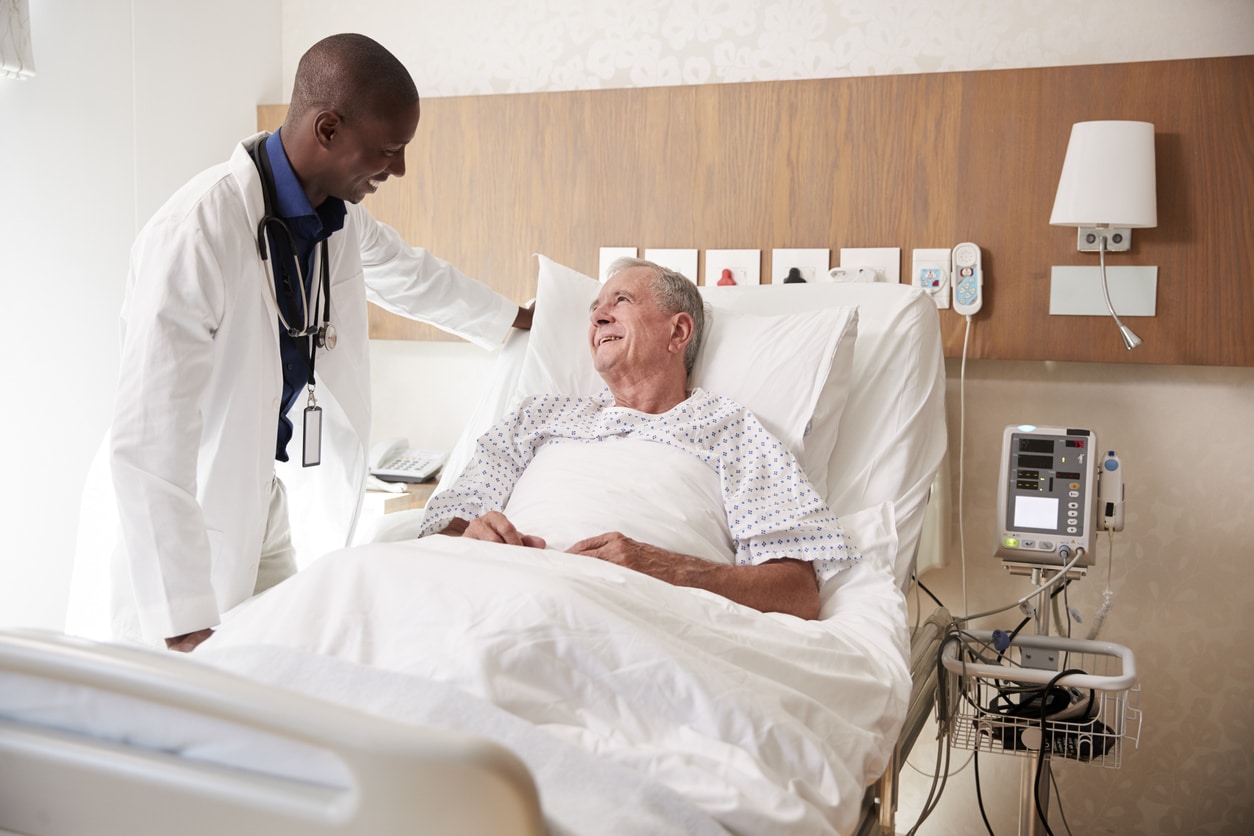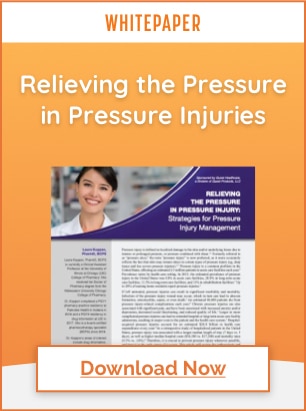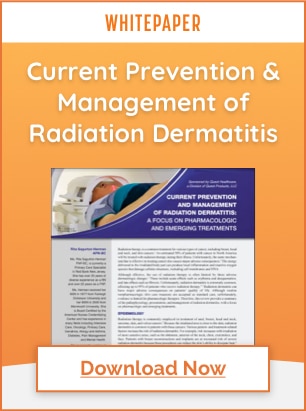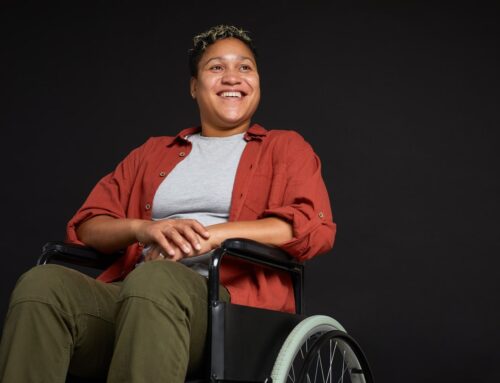
Pressure Injuries in the Elderly
Pressure injuries (PI), commonly known as ‘bed sores’, affect up to 3 million people in the United States1 each year and the risk of PI increases in the long-term care setting and among hospital patients1.
Several factors influence a patient’s risk of pressure injury, including immobility, malnutrition, cardiovascular disease, fractures, sensory loss, and incontinence.1
Due to skin changes associated with aging, risk for PI also increases significantly for elderly patients. A recent study indicates that healthcare professionals caring for geriatric patients state that pressure injuries are a significant issue2 when it comes to quality patient care.
The Cost of Pressure Injuries
In addition to pain and discomfort for patients, pressure ulcers can lead to fatal secondary infections such as septicemia. A national study3revealed that:
- The prevalence of PIs in acute care settings in the United States range from 14% to 17% and the incidence range from 7% to 9%.
- Septicemia was reported as an underlying or contributing cause of death in nearly 40% of pressure injury associated deaths.
- Between 1990-2001, pressure injuries were reported as a cause of death for 114,380 persons.
Pressure injury is the second-most common diagnosis4 health system billing records in the United States.
Common Causes of Pressure Injury in the Elderly
Common causes of pressure injury in the elderly population include both extrinsic and intrinsic factors5:
Extrinsic factors:
- Moisture
- Pressure
- Shear / Friction
- Impaired Mobility
- Abnormal Posture
Intrinsic factors:
- Patient’s age
- Nutritional Status
- Skin Integrity
- Decreased or absent sensations
- Altered Consciousness
Bowel Incontinence and Pressure Injury
Patients who are incontinent are four times more likely to develop pressure injuries6, in particular with fecal incontinence.6
Fecal incontinence, also known as anal leakage, is the unintentional loss of liquid, formed stool, and/or gas. It ranges from occasional incontinence to complete loss of bowel control. ‘True’ fecal incontinence is the loss of anal sphincter control leading to the untimely (and unwanted) release of feces.
To reduce the risk of pressure injury caused by fecal incontinence, it’s essential for patients to have an effective, regular bowel management program to reduce the risk of fecal accidents and the buildup of moisture that can lead to PI.
Bowel Management and Pressure Injuries
Proper bowel care is an important way to prevent pressure injuries. Exposure to stool changes the pH of the skin and impairs the integrity of the barrier formed by the skin cells, exposing the skin to harmful digestive enzymes.
Overgrowth of microorganisms leads to skin irritation or infection, further weakening the skin’s defense. Coupled with friction and pressure, this can lead to erosions and pressure ulcers, particularly in skin that is already compromised by prolonged exposure to stool and urine.
Treatment of Pressure Injuries
Treatment of pressure injuries requires a multidisciplinary approach that includes nurses, physicians, and other members of a patient’s care team.
It’s important to have treatment interventions that include management of all conditions that can give rise to pressure injuries, including7:
- Support surfaces
- Nutritional support
- Surgical repair of the wound
- Topical antimicrobial agents to prevent wound infection
- Protection and promotion of wound healing through dressings, topical applications, and adjunctive therapies used in addition to standard pressure injury care such as:
- Vacuum-assisted closure, ultrasound therapy, electrical stimulation, and hyperbaric oxygen therapy
Download our Relieving the Pressure in Pressure Injuries White Paper today to learn more about diagnosis, treatment and prevention options.
ALOCANE® Plus: Relief of pain and discomfort associated with early stage pressure injuries
ALOCANE® Plus can relieve pain and itching associated with early stage pressure injuries, dermatitis, sutures/staples, first degree burns, psoriasis, eczema and shingles. It forms a protective barrier on the site of the injury and lidocaine provides fast, localized pain relief.
The active ingredient, lidocaine HCL 4%, provides rapid pain relief caused by skin irritation, and benzalkonium chloride 0.13% works as an antimicrobial agent by killing microorganisms and inhibiting their growth.
Request an complimentary, educational In-Service for your long-term care team today!
Disclaimer: The material contained is for reference purposes only. Quest Healthcare, A Division of Quest Products, LLC, does not assume responsibility for patient care. Consult a physician prior to use. Copyright 2023 Quest Healthcare, A Division of Quest Products, LLC.
SOURCES:
-
-
- https://www.ncbi.nlm.nih.gov/books/NBK557868/
- Nursing care for older patients with pressure ulcers: A qualitative study – PMC (nih.gov)
- Pressure Ulcers: More Lethal Than We Thought? : Advances in Skin & Wound Care (lww.com)
- Microsoft Word – NPIAP Word Fact Sheet 08MAR2021.docx (ymaws.com)
- Pressure ulcers: Back to the basics – PMC (nih.gov)
- Pressure Ulcer Risk in the Incontinent Patient: Analysis of Incontinence and Hospital-Acquired Pressure Ulcers From the International Pressure Ulcer Prevalence™ Survey – PubMed (nih.gov)
- Treatment of Pressure Ulcers: A Clinical Practice Guideline From the American College of Physicians | Annals of Internal Medicine (acpjournals.org)
-




![[Live Webinar] Neurogenic Bowel Dysfunction in Multiple Sclerosis](https://www.questhealthcare.net/wp-content/uploads/2025/02/325-Quest-Healthcare-Speaker-Session-1-500x383.png)


